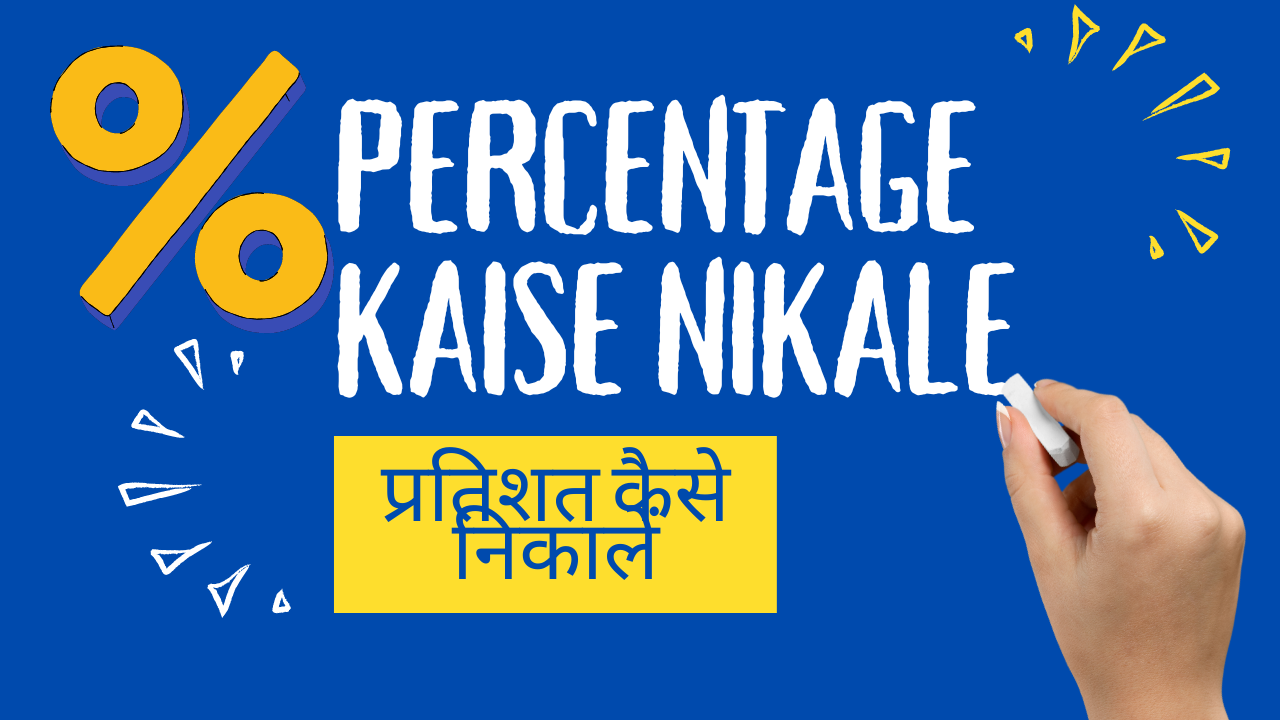
Technology is advancing at a tremendous speed, revolutionizing a wide range of industries. However, the sector where technology has a significant impact is in the medical or health care industry. Latest Innovations in digital medical technologies, such as artificial intelligence, virtual reality, 3D printing, robots, and nanotechnology, are altering the future of healthcare right before our eyes. Over the last few years, the healthcare SECTOR has progressed at a breakneck pace, with technological developments making things easier for medical professionals to accomplish their jobs.
Technology has provided unique insight into healthcare and medicine, from the advent of digital x-ray or CT-scan devices to innovations in surgical methods. Technology is continuously evolving and developing innovative tech to improve hospital and institutional effectiveness in the twenty-first century. Health IT is also progressing with the use of smart devices to gather patient data. When it comes to imaging and data security, healthcare small video recording devices serve the needs of medical practitioners.
Here are enlisted the 6 ways technology is changing healthcare:
Improved access to Data analysis:
The ability to keep a record of every aspect and collect data and information about your patient is critical to their health progress. Advanced systems can now assist doctors in detecting and resolving issues quicker than ever before. Not any other sector has seen an immense increase in data usage than medicine, according to IBM.
Patient data and health records can now be recovered from any electronic source by healthcare professionals. Furthermore, the intranet and internet have enabled health professionals to easily share and discuss patient medical history instantly with each other. It saves time and allows professionals to make more accurate diagnoses and key choices in real-time, resulting in better care coordination.
Making monitoring easier:
Among the most challenging aspects of any physician’s job is keeping a constant check on a patient’s health status. It could range from once or twice a day to round-the-clock surveillance. Doctors can monitor the activities of patients in their chambers with access to modern technological innovations. Electronically transmitted vital signs have also revolutionized health monitoring, making the job of physicians much smoother.
Interactive communication:
Communication is among the essential components in bridging the gap between healthcare providers and their patients in the health industry. Healthcare professionals used to interact with each other via a buzzer a few decades previously. However, the latest smart technology has made communication among health professionals and patients like a cakewalk.
Technicians and specialists in the healthcare field can communicate using the newest smartphone innovation, social networking sites, messaging apps, or email. Patients no longer need to receive letters from their doctors or physicians confirming their appointments and testing. All of this has been made much easier, faster, and less expensive due to technological advancements.
Improved patient care and efficiency:
Patient care is another vital area in the healthcare sector that has advanced and constantly evolving. Patient care is now safer and more efficient than ever before because of breakthroughs in health information technology. Healthcare professionals and nurses employ hand-held tabs and computer devices to keep track of a patient’s history and ensure that the proper medication is being supplied. Diagnostic test results, vital sign information, and pharmaceutical prescriptions are all digitally stored in a central database that can be accessed at any time. Patients now have easier access to their health records as more institutes implement electronic medical records, allowing them to comprehend what is being treated.
Because of recent technological advancements, taking proper care of patients has gotten easier. Major operations that were previously difficult to conduct are now possible because of technology like Capsule Endoscopy cameras, which patients may comfortably intake.
Telehealth/ telemedicine
Telemedicine is the use of telecommunications technology to improve healthcare. Telemedicine is the practice of technology by health professionals to accurately diagnose and treat patients at a remote location, such as smartphones, Ipads, email, or text.
Telehealth is growing more popular and effective for a variety of reasons. Firstly, virtual care via telecommunication is far more advantageous for patients in rural and backward areas where clinics and other health-related facilities are just a few. Secondly, both patients and health care providers can save money by using telemedicine.
Mobile apps:
The emergence of innovative health applications that allow individuals to analyze their health problems and address diseases is another key illustration of the tech transformation. These new apps provide them with valuable healthcare information along with easy accessibility to therapeutic approaches. You may also check your heart rate and blood pressure, calculate calories, and explore balanced diet options while tracking your health progress. Furthermore, healthcare applications allow lab personnel to access test reports and medication prescriptions with dosage suggestions in real-time.
Final thought:
In general, new digital technology has improved the healthcare sector. And these technological advancements are continually changing. Automation, access to in-depth health evaluations using cutting-edge technology like stents, endoscopic cameras, Computed tomography, X-ray machines, ultrasonography machines, DNA sequencing techniques, blockchain technology, and a slew of other developments will usher in a major shift in the healthcare industry.









